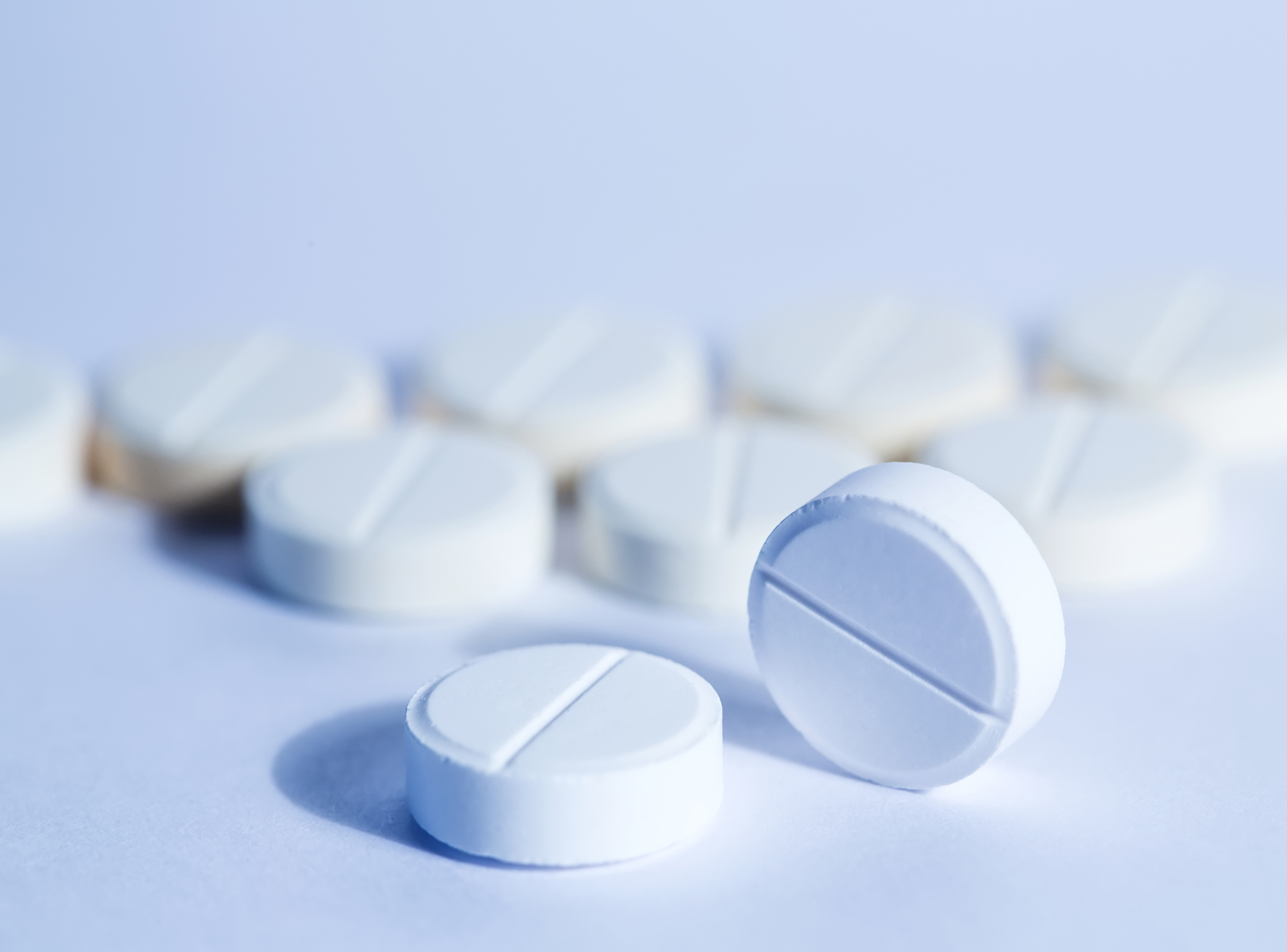 The TGA has announced an interim decision to reduce the maximum pack sizes for various paracetamol products to deter overdose from ingesting large numbers of tablets or capsules.
The TGA has announced an interim decision to reduce the maximum pack sizes for various paracetamol products to deter overdose from ingesting large numbers of tablets or capsules.
The announcement, on 3 February 2023, follows an independent expert report commissioned by the TGA (by NSW Poisons Information Centre) that examined the incidence of acute injury and death from intentional paracetamol overdose – each year in Australia around 225 people are hospitalised, and 50 Australians die from paracetamol overdose.
Paracetamol containing products dominated the non-prescription analgesic market in pharmacies, selling around 40 million units a year in the most recent data.
Paracetamol poisoning can cause severe liver injury (2-5%) and death (0.2-0.5%), despite current treatments usually being effective, and most self-poisonings were impulsive but with suicidal intent, with rates of intentional overdose highest among adolescents and young adults.
The interim decision is open to further public consultation until 3 March 2023 on the TGA Consultation Hub- external site, and proposes to amend the Poisons Standard to:
- Reduce the maximum size of packs available for General Sale (e.g., supermarkets and convenience stores) from 20 to 16 tablets or capsules
- Reduce the maximum size of packs available in pharmacies without supervision of a pharmacist (i.e., ‘Pharmacy Only’ packs) from 100 to 32 tablets or capsules
- Make other pack sizes of up to 100 tablets or capsules only available under the supervision of a pharmacist (‘Pharmacist Only’ medicines).
Packs of paracetamol on General Sale and Pharmacy Only sale would also be required to be in blister packaging, and to further minimise the harm from potential overdose, the TGA is encouraging retailers such as supermarkets to restrict sales to a single pack at a time.
The TGA is also encouraging consumers to not stockpile paracetamol in the home and to appropriately store paracetamol and other medicines.
The decision considered responses to the initial public consultation- external site in September-October 2022 and advice from the Advisory Committee on Medicines Scheduling, and aims to strike a balance between minimising the incidence and harm from intentional self-poisoning and access to paracetamol for the treatment of acute and chronic pain.
The independent report on paracetamol revealed that between 1 February and 31 May 2022, the NSW Poison’s Information Centre (PIC) received 1,683 calls about deliberate self-poisonings with paracetamol and found that the median age of these cases was 16 years, with an average of 20 tablets consumed, resulting in a median dose of 10 grams (IQR: 5.6 to 17.4, 14 missing).
The pack sizes most commonly bought and ingested, and in roughly equal proportions, were 20/24s and 96/100s, and at least 25-30% of these ingestions were of unscheduled products.
Their examination of the literature showed that that the availability and ready access of paracetamol (both in the home and to purchase) was a key driver to its use, with a recent study conducted with adolescents aged 11-17 years finding that 65.8% of participants self-poisoned with an over-the-counter medication that was available in their home.
Participants reported knowing that a paracetamol overdose could cause death and that it could cause harm to the liver, but their knowledge of the number of tablets needed to do harm or cause death was mixed.
For example, in one study of young people aged 14-20 years, 52% estimated that 30 or more tablets would need to be taken before any adverse effects would be experienced, while a second study reported that 45% of UK students and 41% of US students overestimated the dose of paracetamol needed to kill at 100 or more tablets.
Two studies also assessed potential deterrents of intentional self-poisoning, finding that box warnings were unlikely to deter behaviour in most people.
Across the twelve international studies that reported dosage in grams or the number of tablets, the average dose in intentional self-poisoning ranged from approximately 9 g or 18 tablets to 27.5 g or 55 tablets, with several studies reporting median doses in this range.
The TGA pointed out that the UK is an example of a country with tighter scheduling of paracetamol, enacted in 1998 as a response to the considerable number of people overdosing, with increasing numbers of deaths and liver transplants due to paracetamol induced hepatotoxicity.
The UK now has low pack limits of up to 16 tablets and purchase limits of up to two packs from general sale and 32 tablet packs from pharmacies, and recent studies that suggest the morbidity and mortality are lower than we observe in Australia.
By comparison, the US has few or no restrictions on pack sizes of standard paracetamol products and nearly doubled their incidence of paracetamol poisoning in children and adolescents, aged 5 to 19 years old, between 2011 and 2018, with half of all overdoses occurring in this age group.
In Australia, the introduction of the S4 restriction to make codeine prescription only was followed by a significant reduction in paracetamol combination product ingestions, as well as reduced ibuprofen and codeine ingestions, though the MR paracetamol pharmacist only (S3) restriction was not followed by any substantial change in events.
GPs and others can still have their say on the interim decision by making a submission to https://consultations.tga.gov.au/tga/scheduling-interim-decision-nov-2022-paracetamol

